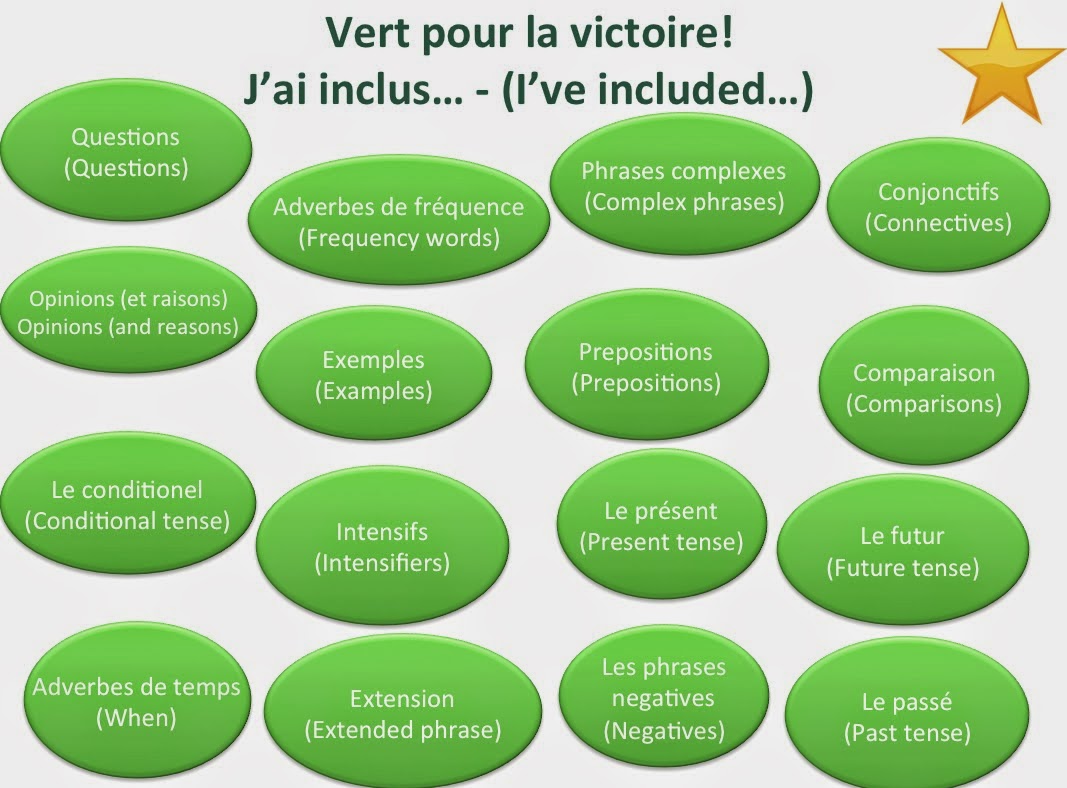Marking. The time drain that no teacher enjoys. Reading very similar pieces over and over, writing comments and setting targets that are potentially going to be ignored is not anyone's idea of a good time. Then, after
After a chat with a fellow NQT about marking, she enlightened me about a policy in her school which sees error correction chucked out the window. Instead, take a Blue highlighter and highlight mistakes rather than correcting. Missing accent? Highlight. Wrong verb ending? Highlight. Spelled a word incorrectly that is written correctly just two centimetres away? Highlight. Set your target as 'Bats le blue!' or '¡Acción azul!' and you have your starter for next lesson all sorted.
Don't get me wrong, the first few times pupils will be shouting 'Sir/Miss, what do you mean? Why is it wrong?' but after the initial explanation of the concept, there is a genuine buzz around correcting work. Pupils start to check each others books, dictionaries become a bible and students look back through their previous work hoping to find the answer. If pupils amend their work in a different colour it allows you to easily track corrections and a single tick in a different colour from you shows the pupil that you've seen their attempt.
In the coming weeks, I'm also going to be testing out 'Vert pour la victoire/Gruen ist gut!/Verde Vuele!' which will involve highlighting exceptional pieces in green. The aim is to provoke students to think about, as well as comment on, as to why their work is so good. In order to further reinforce this highlighting frenzy across the department, slogans have been created for the three languages taught as well as stickers for pupil books and posters to be displayed in the MFL classrooms.
UPDATE: To give even more structure to their corrections and reflection time, I've created this simple poster that can be used with any year group. It gives pointers to the kinds of mistakes we so commonly see and serves as a prompt as to why you may have highlighted a certain part of their work. In turn, this will hopefully make your learners more resilient!
Examples of Year 7 Spanish:
With year 7, I still write comments to scaffold their feedback while getting them used to the Green and Blue highlighting. The girls have 'Purple Pens of Progress' so their corrections can easily be tracked. Over time these will gradually be removed.
With year 7, I still write comments to scaffold their feedback while getting them used to the Green and Blue highlighting. The girls have 'Purple Pens of Progress' so their corrections can easily be tracked. Over time these will gradually be removed.
Examples of Year 8 Spanish
Getting the most out of assessment is key for effective AfL so I've started getting the girls to annotate and correct written assessments. This shaves so much time off the actual marking of the assessments and forces the girls to self correct.
 |
| As you can see here, the pupil has attempted the corrections and I have second marked in a pink pen. |
 |
| Due to very few mistakes, this pupil has simply annotated the green and explained why I like it! |
UPDATE: Blue, Green and Purple Highlighting
To further support this a colleague of mine has made a supporting mat to help pupils annotate their work in French/Spanish maximising Target Language use in the classroom and feedback. I've also started to use a purple highlighter to add additional tasks for more able pupils. This could simply be 'Trouve le français...' or 'Traduce...' and highlighting a sentence in a text but it really stretches those more able pupils and serves as an effective differentiation tool.










Excellent idea!
ReplyDelete